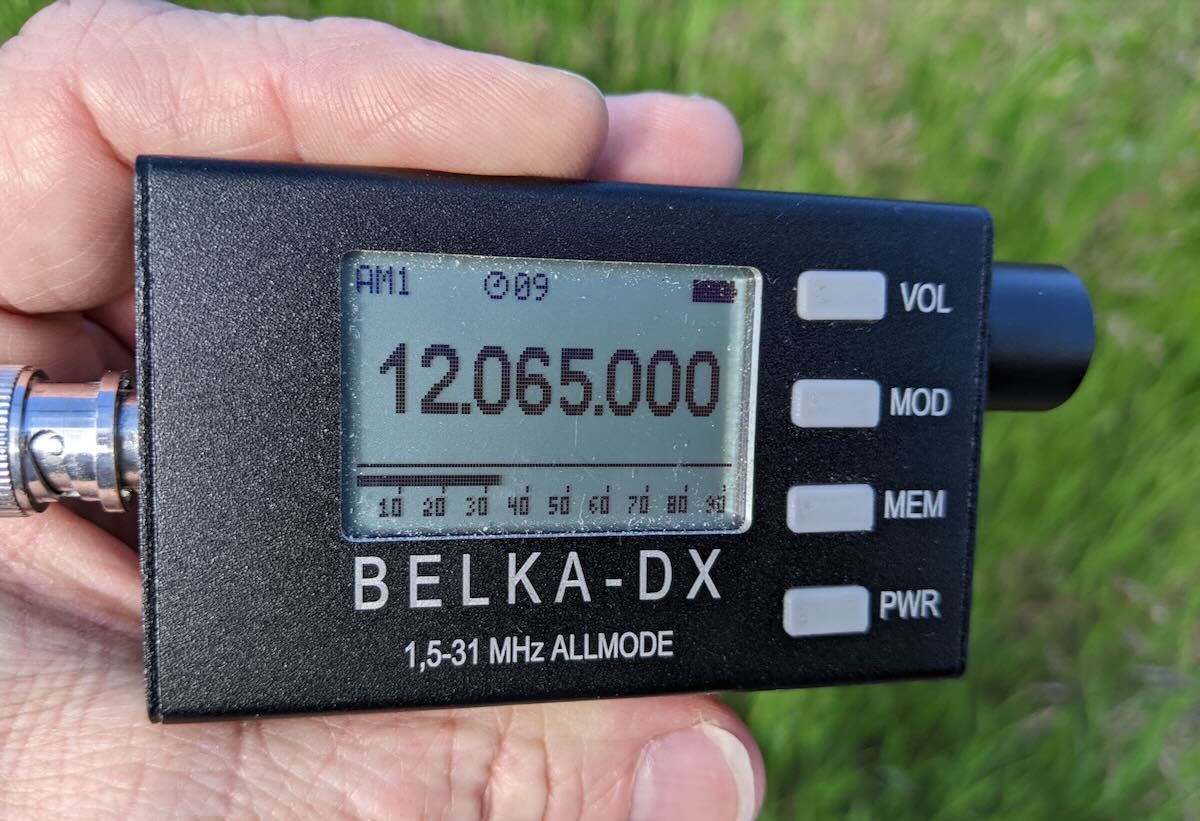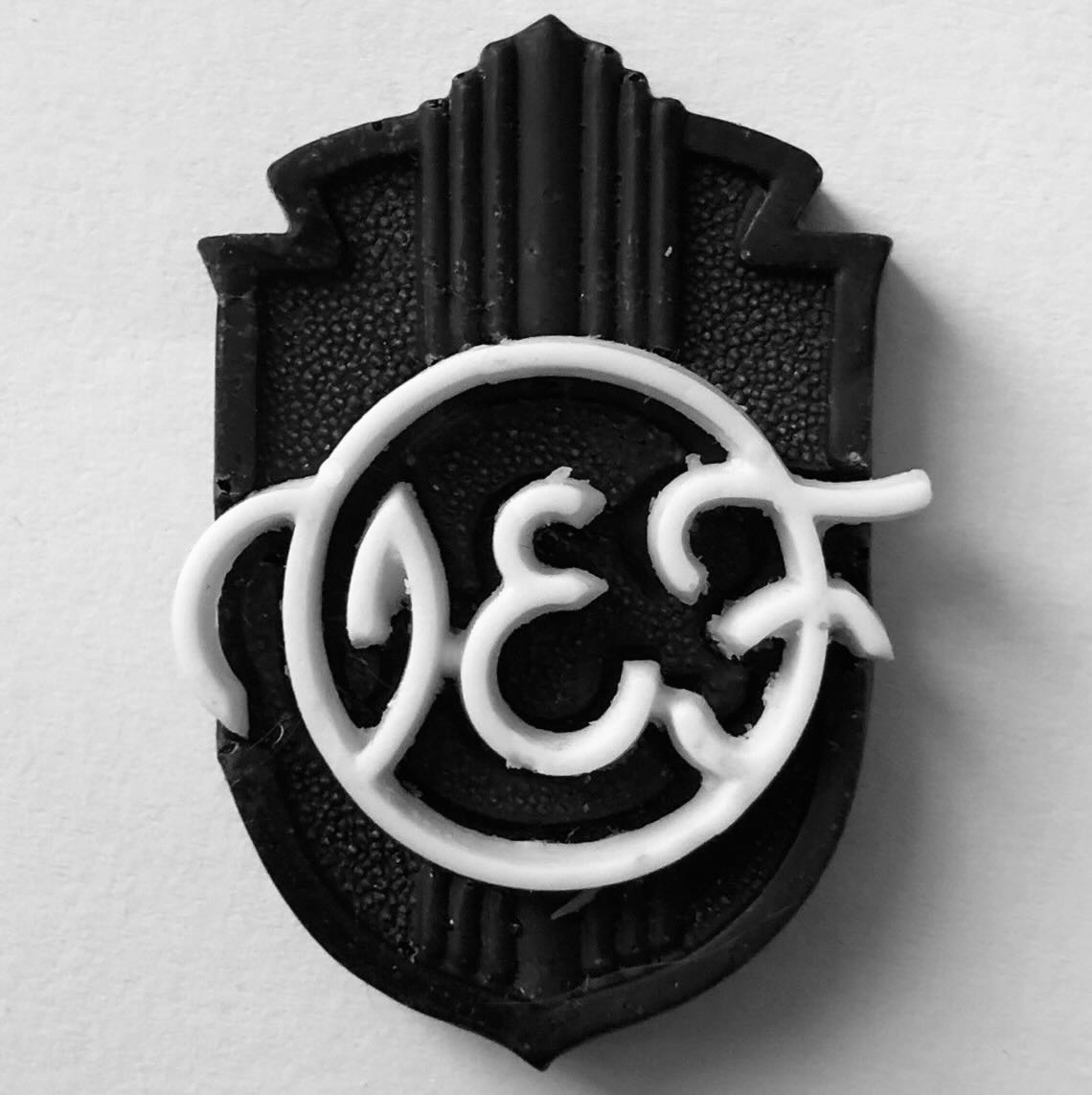 Many thanks to SWLing Post contributor, Mike Hansgen, who shares this video showing how radios were made in the VEF (Valsts elektrotehniska Fabrika) factory in Riga, Latvia in 1936:
Many thanks to SWLing Post contributor, Mike Hansgen, who shares this video showing how radios were made in the VEF (Valsts elektrotehniska Fabrika) factory in Riga, Latvia in 1936:
From Raw Crystal to Crystal Oscillator: Crystals go to War in 1943
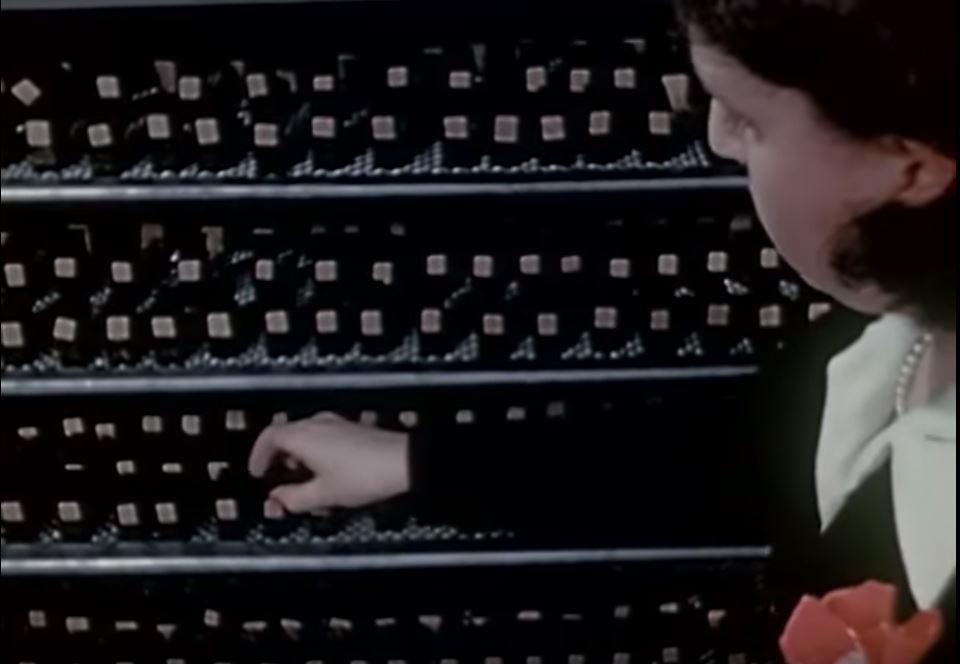 Many thanks to SWLing Post contributor, Mark (AE2EA), who shares the following AWA video about crystal production during WWII:
Many thanks to SWLing Post contributor, Mark (AE2EA), who shares the following AWA video about crystal production during WWII:
Click here to view on YouTube.
Thank you so much for sharing this, Mark. I posted the original film of this a few years ago, but it appears that the YouTube account has been deleted. I’m grateful the Antique Wireless Association has published this. Thank you for the tip!
Dan shares a few photos from the Berryville Hamfest
Many thanks to SWLing Post contributor, Dan Robinson, who shares the following photos from the Berryville Hamfest.
Dan notes that the resolution is not great in these photos, but I believe we can still see enough detail to know that this hamfest had many vintage treasures: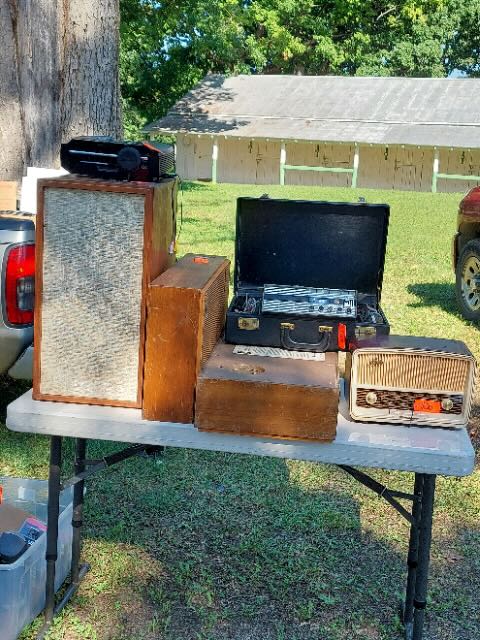

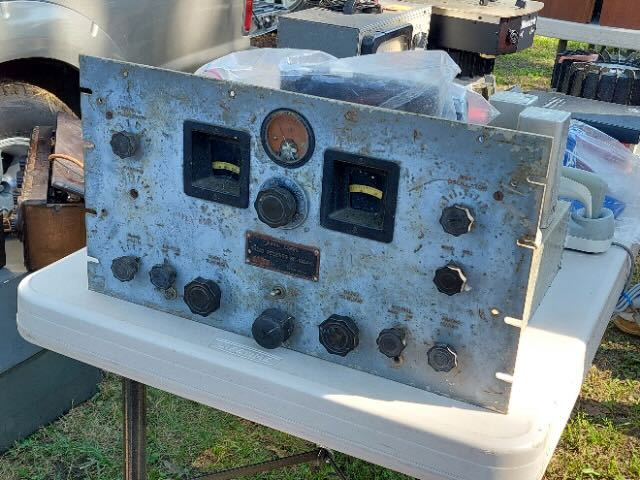
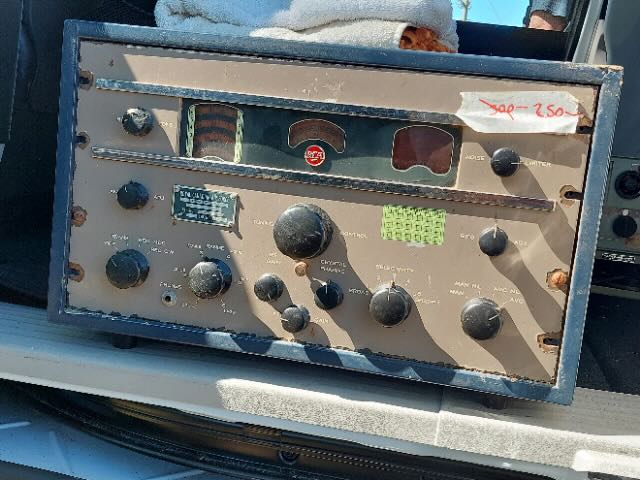
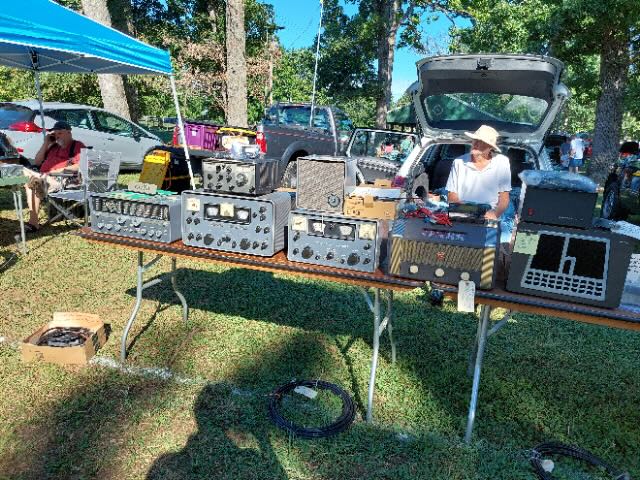
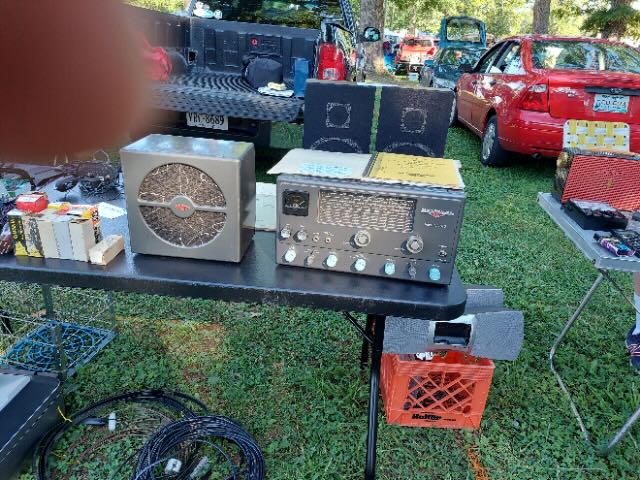
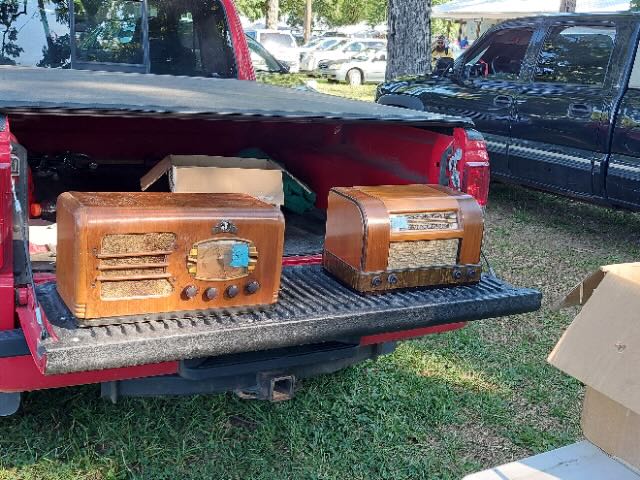

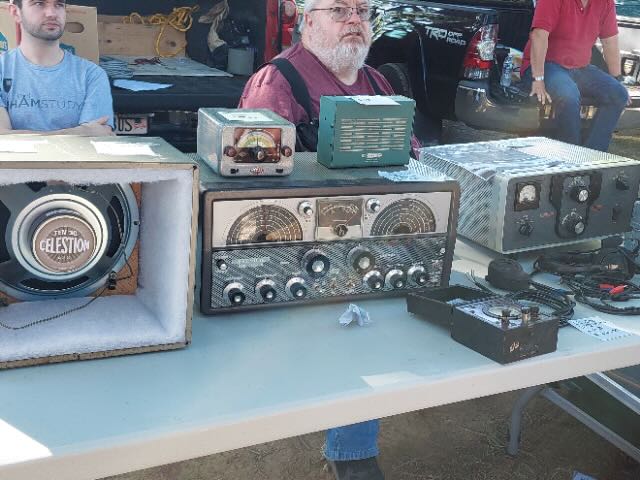


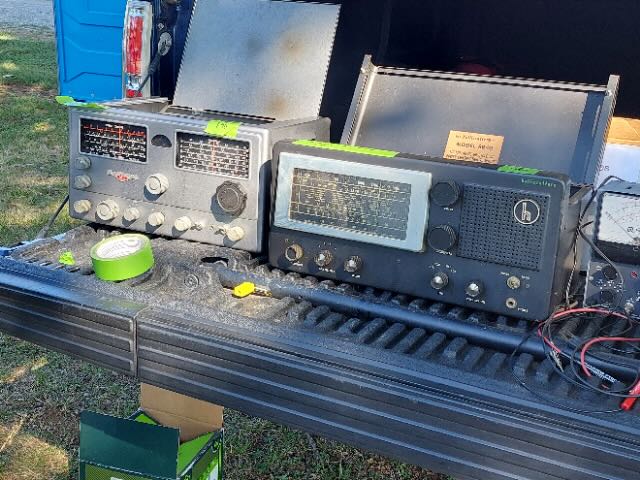
Thank you once again for sharing these, Dan!
Wlodek Shares an Air Raid-Prompted Radio Comparison
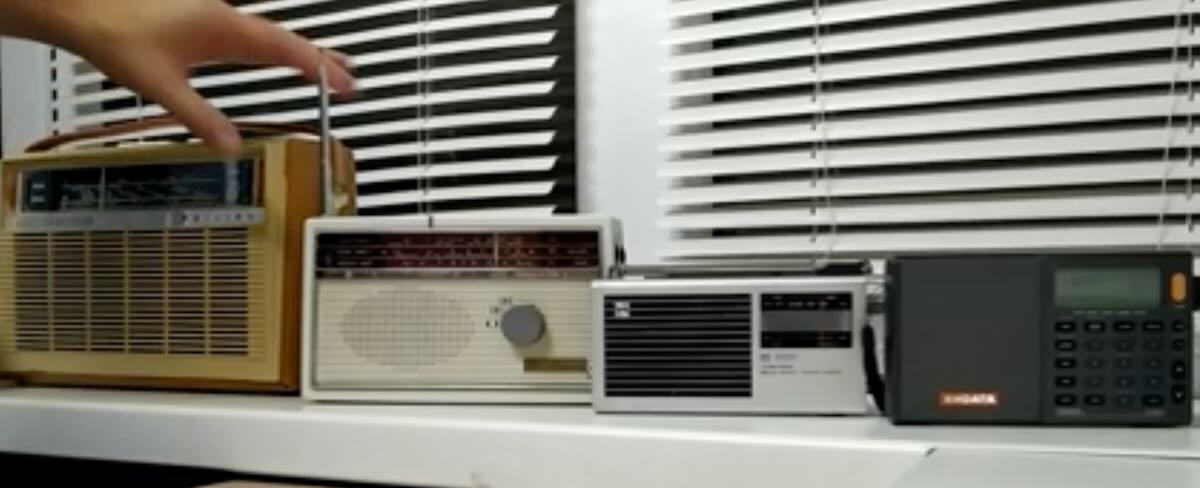 Many thanks to SWLing Post contributor and friend, Wlodek (US7IGN), who writes from Kiev:
Many thanks to SWLing Post contributor and friend, Wlodek (US7IGN), who writes from Kiev:
Hello!
Because of another air raid alert, I can’t sleep and I decided to make a small comparison of the receivers of the 60s and the modern one.
Of course, you can not compare their size and weight, as well as some features.
This Chinese XHDATA D-808 was given to me by a friend for comparison. When he was just choosing a good receiver, I advised him to buy an old Sony 7600 series or Panasonic B65, for example. But he decided that modern technology is better at handling the task of receiving. But it turned out to be not so clear:
Click here to view on YouTube.
Radios:
-
-
- Philips All Transistor L4X39T
- Hitachi WH-859D
- Toshiba IC-70
- XHDATA D-808
-
73 de US7IGN!
Thank you for sharing this, Wlod. I wish the circumstances for the radio comparison were better–even though I know air raids have sadly become a fact of life for many in Ukraine, I can’t imagine sleeping through them.
Your short comparison is interesting too. I consider the D-808 to be an excellent little DSP portable, but the audio simply can’t compare with your vintage radios. Indeed, the vintage receivers seem to handle the QRM a bit better than the D-808 as well.
Thank you for sharing this and wishing you the very best, OM.
NOAA weather radio “needs some serious upgrades”
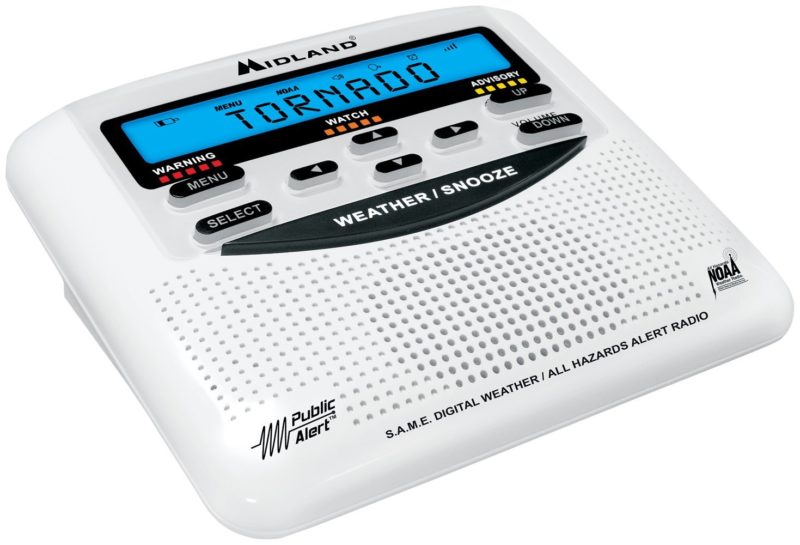
The Midland WR120 weather radio.
Many thanks to SWLing Post contributor, Dennis Dura, who shares the following article from Slate:
The Radio System That Keeps Us Safe From Extreme Weather Is Under Threat
NOAA Weather Radio needs some serious upgrades.
In March, a group of massive tornadoes struck communities around Des Moines, Iowa. Seven people were killed, including two children under 5. The crisis received attention not only due to its human cost, but also because of delays in emergency wireless communications: Thanks to a broken fiber optic cable at the Dallas-Fort Worth National Weather Service offices, wireless emergency transmissions were switched to an auxiliary satellite system, which all NWS offices use. Overloaded with extreme weather messages from elsewhere in the Midwest, the satellite messaging system found itself backed up just as the Iowa tornadoes reached their peak. This caused anywhere from a two- to nine-minute delay in tornado warning messages—and may have significantly reduced warning time at a moment when seconds count. The issue lasted for several hours as the deadly tornadoes ripped through the state.
NOAA Weather Radio, on the other hand, continued broadcasting effectively during the crisis. According to Bruce Jones, a weather radio expert and meteorologist with Midland Radio Corporation, “because the NWR broadcast comes direct from the National Weather Service local forecast office, those NOAA Weather Radio alerts and warnings were unimpeded and reached folks immediately.”
Often referred to as the “voice” of the National Weather Service, NOAA Weather Radio is a 24/7 public service that broadcasts weather information from more than 1,000 stations across the United States and many of its territories. And while Des Moines was a great success story for NOAA Weather Radio, the service faces mounting issues with aging technology and infrastructure, raising concerns over whether it will be able to continue protecting communities facing extreme weather.
[…]While NOAA Weather Radio has historically been an important, consistent, and life-saving means of emergency communication, it may not be for long. Outdated technology and failed attempts at modernization are threatening the NOAA Weather Radio system and resulting in extended outages for locations at risk. And as the climate crisis intensifies, this important technology is often vulnerable to the weather about which it’s meant to inform.
Interviews with NWS employees about outages reveal many local technical problems that take out communications, sometimes for weeks or months.
[…]Recent congressional action, however, has given new life to the possibility of systemic weather radio modernization. Rep. Stephanie Bice, a Republican from Oklahoma, has proposed the NOAA Weather Radio Modernization Act of 2021, which passed in the House of Representatives in May but has yet to pass in the Senate. From Oklahoma, Bice was well aware of the need for consistent weather communications during natural disasters like tornadoes, which affect her constituents.
The bill would authorize $20 million to expand coverage to the remaining 5 percent of the country without access to NOAA Weather Radio communications, as well as $40 million to modernize its hardware and software, including upgrading communication from copper wires to Internet services. According to Wesley Harkins, a representative from Bice’s office, “this paves the way for future development and provides failsafe options, so NWR is never down for an extended period of time.”
[…]The NWS itself acknowledges the benefits of this legislation. Maureen O’Leary, deputy director of public affairs at the NOAA, told me via email that improvements would include “expanding NWR coverage to rural and underserved communities, national parks, and recreation areas.”[…]
Click here to read the full article at Slate.com.
Click here to read articles relating to weather radio in the SWLing Post archives.
More shortwave time travelling
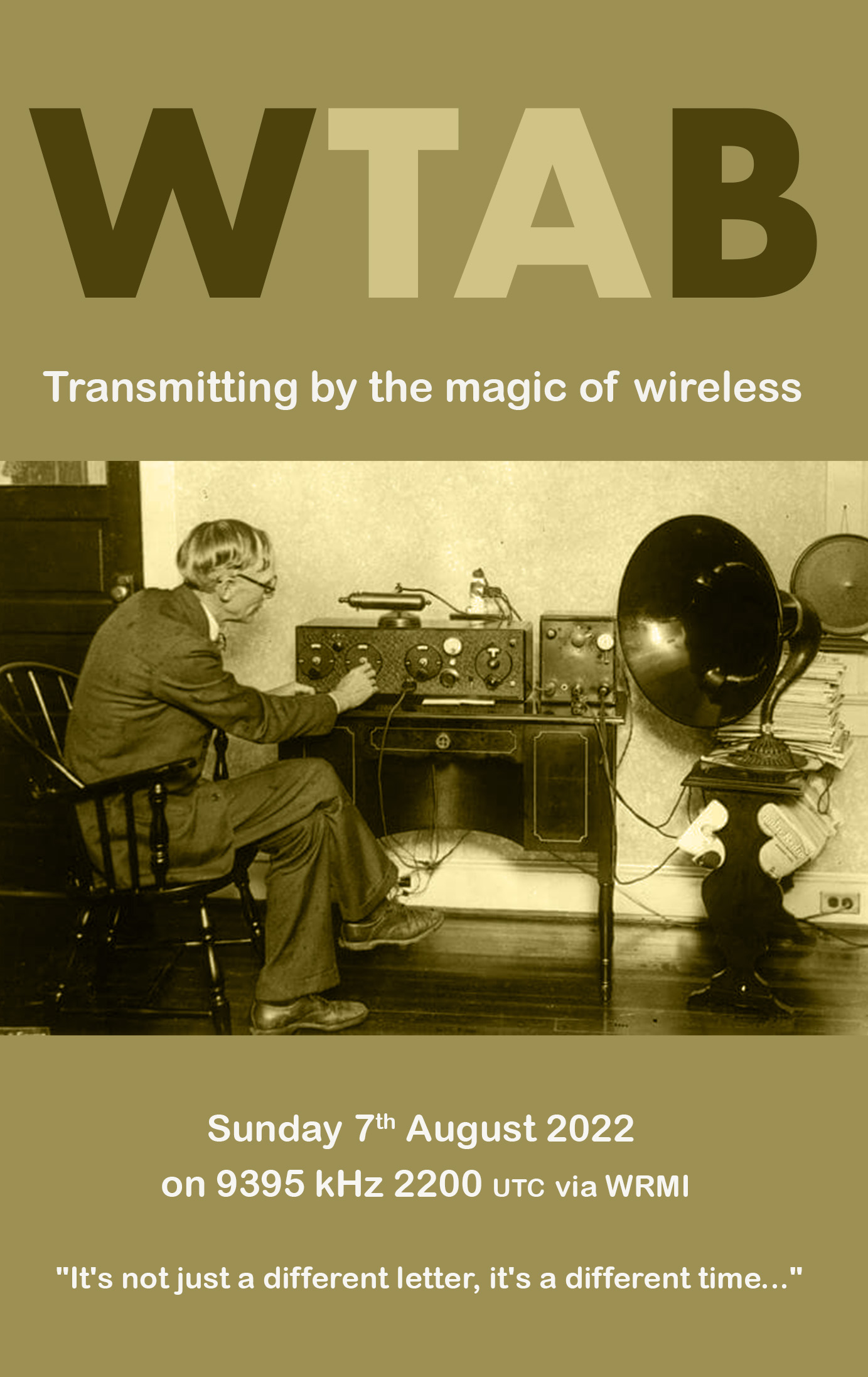 Hi everyone to everyone in SWLing Post land, this Sunday we’ve another old-time treat for you thanks to the good folks at WRMI. WTAB will be “Transmitting by the magic of wireless” on 9395 kHz at 2200 utc on Sunday 7th August 2022.
Hi everyone to everyone in SWLing Post land, this Sunday we’ve another old-time treat for you thanks to the good folks at WRMI. WTAB will be “Transmitting by the magic of wireless” on 9395 kHz at 2200 utc on Sunday 7th August 2022.
Like last week’s KTAB, the show will feature music from yesteryear and as the flyer says “It’s not just a different letter, it’s a different time…” Tune in for more shortwave time travelling! Fastradioburst23
What are your favorite portables in 2022 and why?
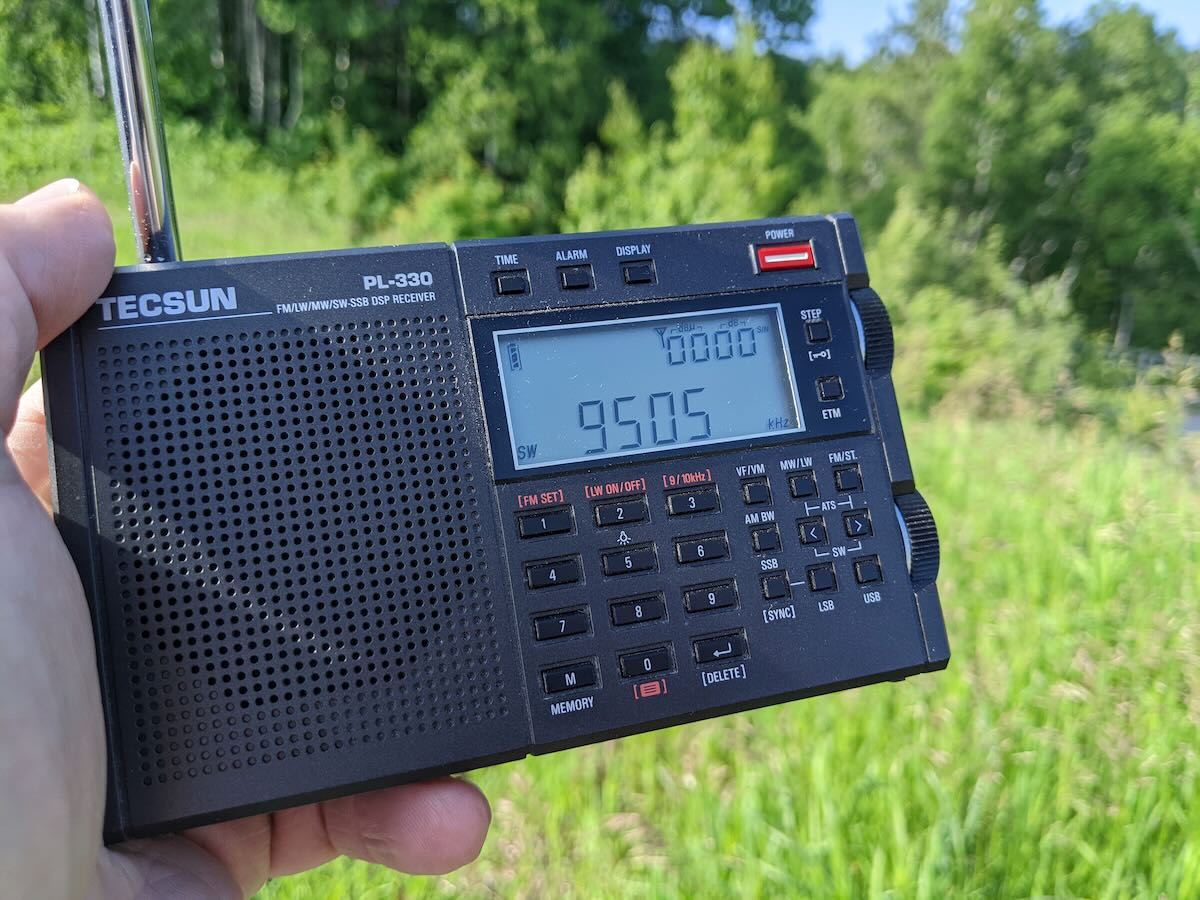 I’m traveling this morning and packing up my EDC (everyday carry) bag here int he hotel room.
I’m traveling this morning and packing up my EDC (everyday carry) bag here int he hotel room.
Last night, I was using the Tecsun PL-330 to do a little band-scanning and it dawned on me that I’ve used this radio along with the Belka DX quite extensively this summer while on an extended family road trip. Even before this trip, both of these radios were in heavy rotation.
I go through phases of using portables–sometimes I’ll dig out a vintage radio and use it for weeks, then I’ll switch it out for a modern rig. I like variety and giving all of my radios a little air time.
I packed the Belka DX and Tecsun PL-330 for our trip because they’re some of the most compact, lightweight radios I own.
I’m curious what radios you’re using now and why–? Please comment!

